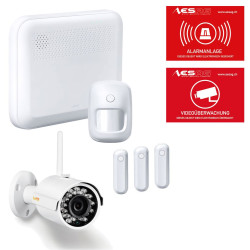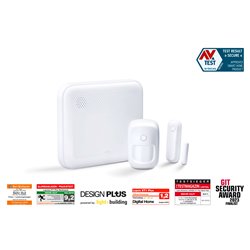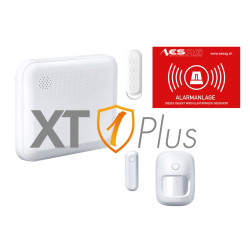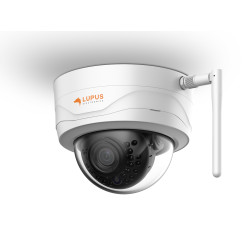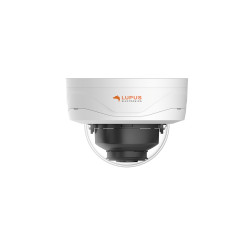- Alarm Systems (Radio & Wire)
- 101 likes
- 7401 views

Installing an alarm system for your house and yard yourself saves a lot of time and allows you to have complete freedom over where cameras, sensors, motion detectors, etc. are installed. Since the systems are flexible in their installation and are networked via radio (hazard detectors) and WLAN/LAN (IP cameras), the user is spared the hassle of complex and costly cable laying. What other advantages do systems that can be controlled via smartphone and web browser offer?
Being smart always means being connected
To install an alarm system with smart home functions, you need WiFi and a WiFi router, a PC, a smartphone and the installation CD. All elements of the smart home and alarm system are linked to the control center and the router of the house or apartment.
The highlight is that after a successful connection between the camera and the network, you can access the camera via your smartphone using an app. This makes it possible to check your smart home alarm system, including cameras and sensors, via the Internet at any time while on the move. This way you can quickly check whether the dog is currently in the basket, whether the son is doing his homework in the living room and who is driving into the yard. In the event of a burglar alarm, you can react even in your absence and verify the alarm using any installed IP cameras.
LUPUS smart home alarm systems are easy to install, almost entirely without cables
Our XT1 PLus smart home alarm system is ideal for the home and yard. Installation and management is easy. An internet connection, an appropriate router and a smartphone - nothing more is needed. Modern systems work via radio, are battery-operated and do not require cables for signal transmission and power supply. Thanks to the wireless attachment, there is no need for rough, complicated and dusty drilling work on the wall structure. A free support hotline is available to help you and can help via a remote maintenance tool.
“Since the systems transmit all information wirelessly, the installation is flexible and the location can be changed at any time.”
In the event of a move, all door sensors and window sensors, cameras, motion detectors, door locking elements, roller shutter relays and heating controls can be easily removed and installed in a different location in the new home.
Monitoring technology that can be used flexibly on a daily basis
Modern alarm systems and the corresponding camera technology are no longer permanently installed, heavy and large camera systems that immediately catch everyone's eye. Compact devices in their diverse shapes are suitable for wall mounting and ceiling mounting or, depending on the model, can also be swiveled and tilted using a smartphone command. For babysitting purposes, for example, the camera can also be placed on a table in the children's room from the kitchen and then placed back in the living room after use. The flexibility of being able to change the location every day is a major advantage of mobile and lightweight camera systems.
Scope of a set with modern safety technology
A starter set contains elements that a household needs to protect against robberies, burglaries, fire and gas. Such a set can be expanded accordingly with cameras, outdoor sirens, motion detectors and other components. A centrally controlling unit is always part of the smart home system. This centrally coordinates the connection of cameras and detectors to the mobile device. To install this, you need a WiFi router, a PC and a CD - the latter is part of the scope of delivery.
When purchasing modern surveillance technology, the key advantages of an alarm system in conjunction with a smart home system are the flexibility, wireless installation and the freedom to continually expand the set as needed.













